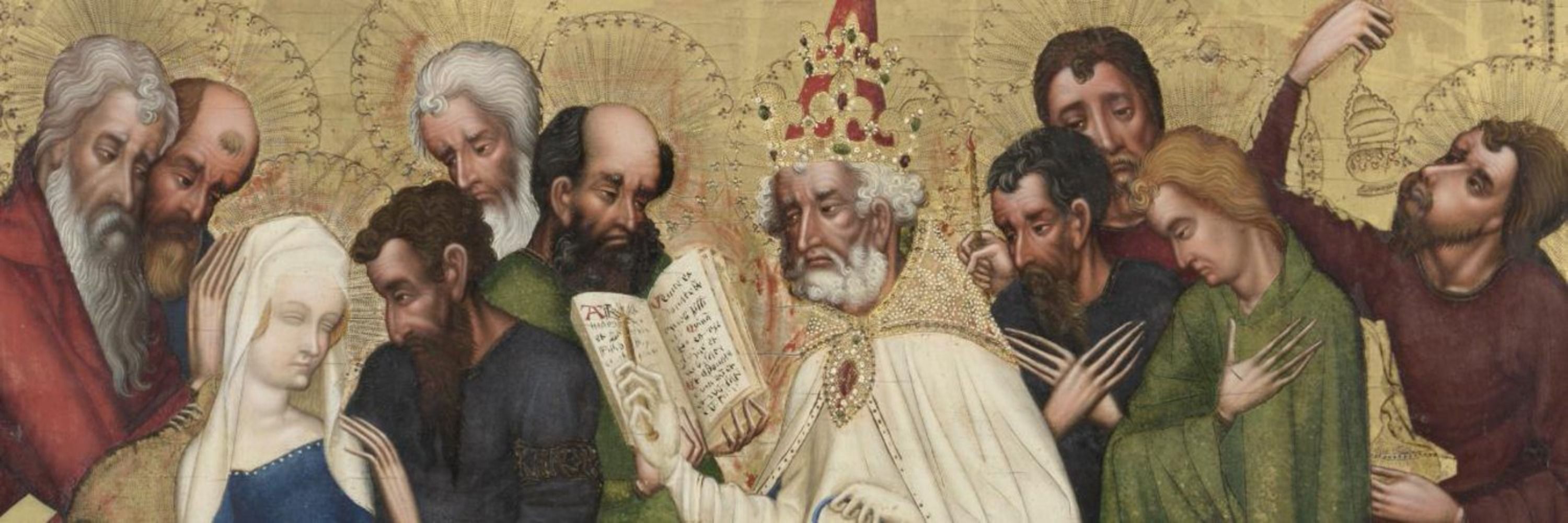CMA: Medieval Art
@cmamedieval.bsky.social
690 followers
3 following
2K posts
Sharing public domain works from the Medieval Art department of
the Cleveland Museum of Art.
Automated thanks to @andreitr.bsky.social and @botfrens.bsky.social
Posts
Media
Videos
Starter Packs
Reposted by CMA: Medieval Art
Reposted by CMA: Medieval Art
Reposted by CMA: Medieval Art
Reposted by CMA: Medieval Art
Reposted by CMA: Medieval Art
Reposted by CMA: Medieval Art
Reposted by CMA: Medieval Art


























